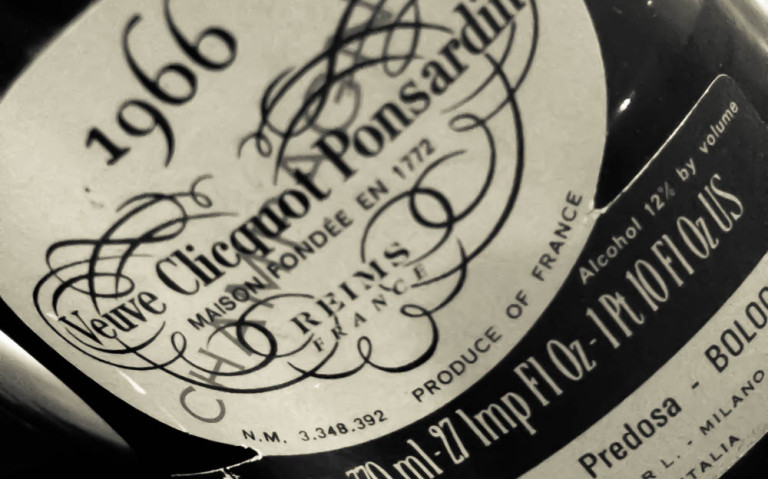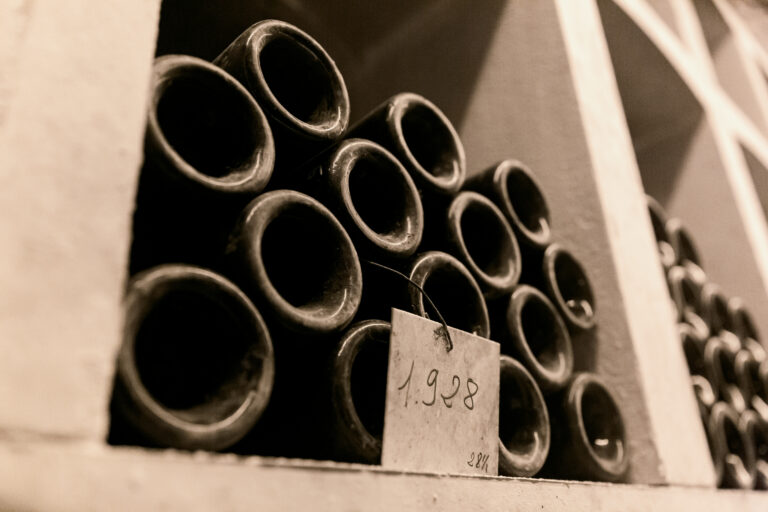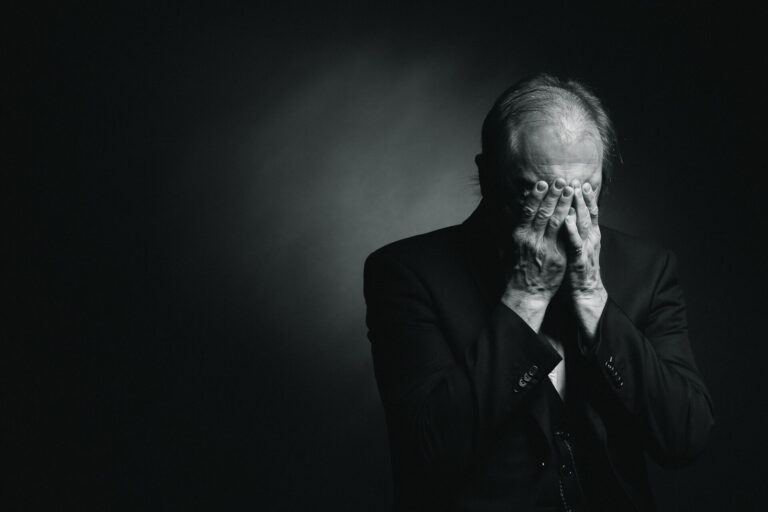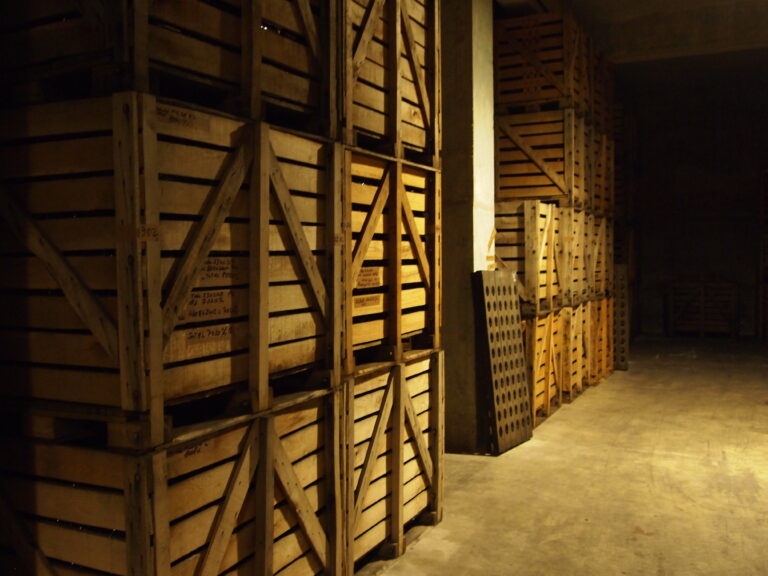In Sweden, no Champagne is as well known as the ‘Gula Änkan’ – the Yellow Widow. The house was founded in 1772 by Philippe Clicquot.
RJ ON VEUVE CLICQUOT His son, François, married Nicole-Barbe Ponsardin, who took over the company at the age of twenty-seven when she found herself a widow. By her side was Comte Edouard Werlé and the firm’s chef de caves, Antoine Müller. Together with Müller she developed “remuage” using “pupitres.” One Heinrich Bohne then helped to take the Russian market by storm. Throughout the nineteenth century and right up to the 1970s, Clicquot was reckoned as one of the top four or five Champagne companies, a position they still are very close to obtain. At first the company merged with Canard-Duchêne, but today it is a part of the powerful Louis Vuitton Moët Hennessy (LVMH) group.
The 284 hectares owned by Clicquot in twenty-two villages are enough for around three of the almost 18 million bottles produced each year. The most important crus for La Grande Dame and the vintage wine are Ambonnay, Bouzy, Avize, Cramant, Le Mesnil, Oger, and Verzenay.
Since 1962 modern vinification techniques and stainless-steel tanks have been used. If you find old, well-kept vintages they’ll be very like Bollinger and Krug. Despite the factory scale, the house has managed to keep its Pinot-based classic style, where dough, bread, and pepper are clear elements. Jacques Peters, who is brother to François Peters in Le Mesnil and an equally gifted winemaker, should get the credit for Clicquot’s quality today.
The talented new winemaker Dominique Demarville follows smothly in the same tracks. The rich and honeyed La Grande Dame is a wonderful champagne, but the powerfull and nutty vintage wine often gives best value for money. Cave Privée is probably the best bargain on the market. A classic house that is one of the greatest!
2004-1998-1996
1995-1993-1990
1989-1988-1985
1979-1978-1976
1975-1966-1962

Subscribe for 5.9€ a month for full access to the Tasting Library, exclusive articles, videos events and more





